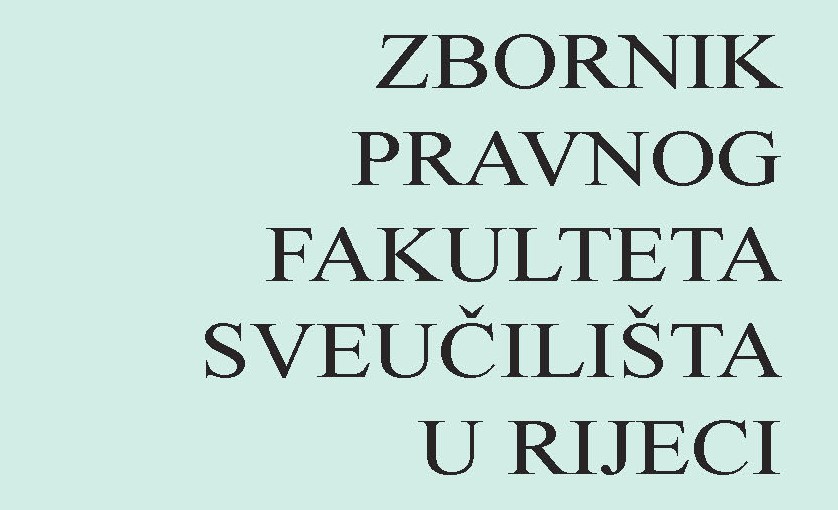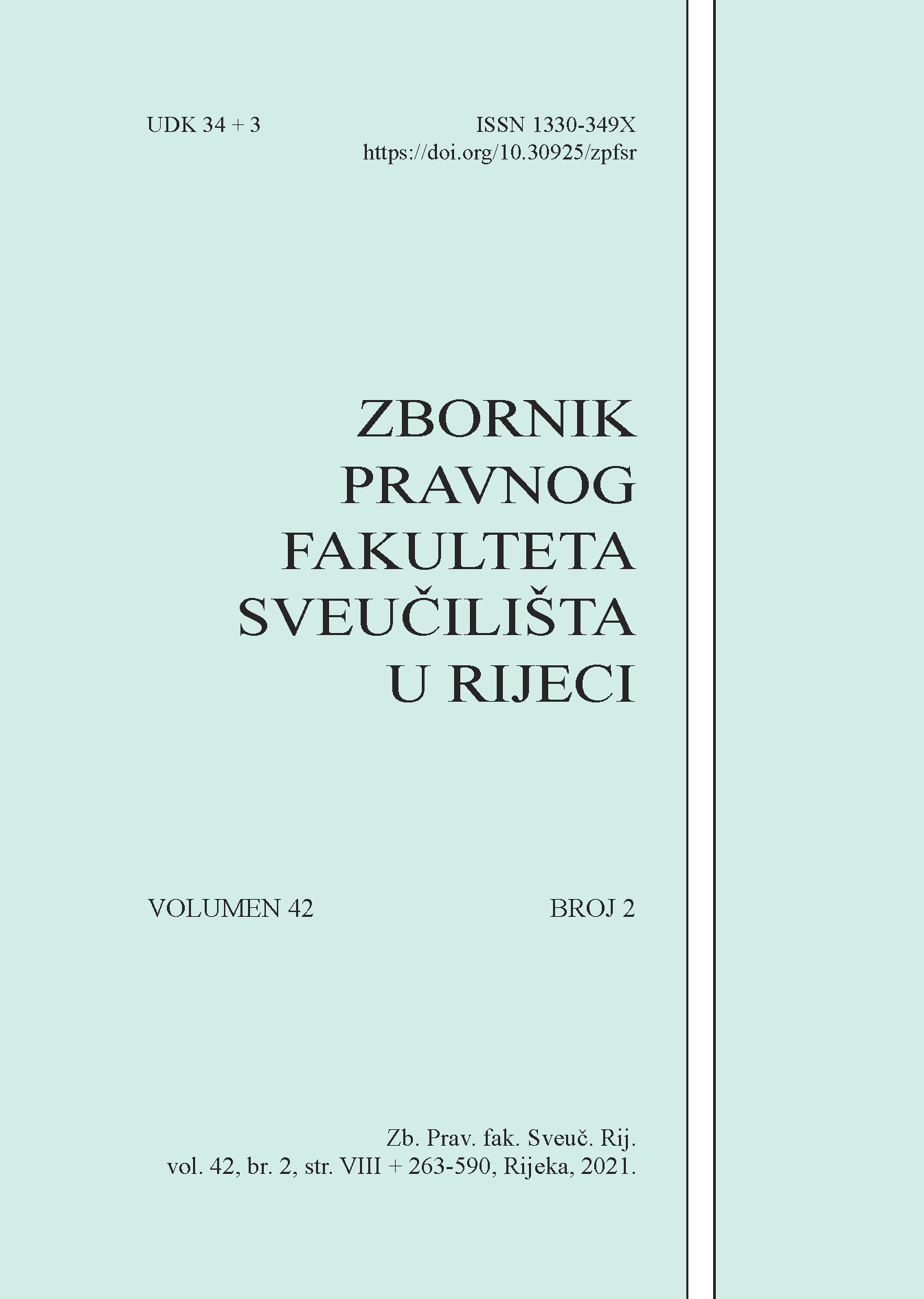POLOŽAJ OŠTEĆENIKA U ADHEZIJSKOM POSTUPKU
DOI:
https://doi.org/10.30925/zpfsr.42.2.11Keywords:
Injured party, civil claim, adhesion procedure, damageAbstract
The paper primarily focuses on the legal position of the injured party in the procedure initiated by a complaint seeking to join a civil action to criminal proceedings. The civil claim, as an ancillary matter of civil nature joined to criminal proceedings, is known as an adhesion
procedure and represents a specific combination of criminal and civil law. The aim of conducting such procedures is to observe the principle of judicial economy, but also to avoid
the duplication of proceedings in the same matter. The term and the legal nature of the mechanism itself are discussed first, followed by a thorough elaboration of some of its principal characteristics, especially as regards the question of the subjects of the procedure and the preconditions for conducting the procedure, all bearing in mind the legal position of the injured party in the procedure, which should be more adequate bearing in mind both the legal solution and the practice of Croatian courts. For this reason, the authors propose that more attention should be given, when amending the legislation on criminal proceedings, to the injured party and the civil claim mechanism itself, which should be regulated in a more systematic manner considering its specific nature. In this regard, some contentious issues are presented in the paper, together with proposed solutions. The authors also underscore that the legal position of the injured party should be improved by granting to the injured parties all the rights that they would enjoy if they presented their claim in a lawsuit.
Additional Files
Published
Versions
- 2023-12-15 (2)
- 2022-02-16 (1)
How to Cite
Issue
Section
License
Copyright (c) 2022 Vanesa Brizić Bahun, Mijo Galiot

This work is licensed under a Creative Commons Attribution-NonCommercial 4.0 International License.
Collected Papers is an open access journal. Journal does not charge article processing charges (APC) to authors. It is licensed under CC BY-NC licence 4.0.
Collected Papers of the Law Faculty of the University of Rijeka" is an Open Access journal. Users are allowed to read, download, copy, redistribute, print, search and link to material, and alter, transform, or build upon the material, or use them for any other lawful purpose as long as they attribute the source in an appropriate manner according to the CC BY licence.
The papers published in "Collected Papers of the Law Faculty of the University of Rijeka" can be deposited and self-archived in the institutional and thematic repositories providing the link to the journal's web pages and HRČAK.
Upon acceptance of the manuscript for publication by this journal, the author can publish same manuscript in other journals only with the permission of the Editorial Board (secondary publication). A repeated publication should contain a notice as to where the manuscript was originally published.



